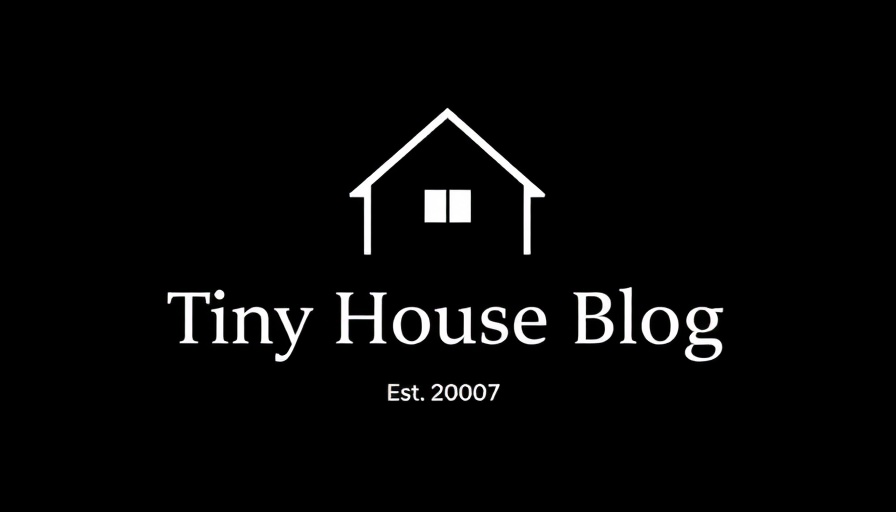
Rethinking Space: The Rise of ADUs
In an era characterized by urban sprawl and expanding housing needs, the answer may not be larger homes or more subdivisions, but rather the clever utilization of tiny homes known as Accessory Dwelling Units (ADUs). These small, self-contained living spaces can be tucked into backyards, basements, or as standalone structures, providing an innovative twist on the traditional residential layout.
Culture of Single-Family Zoning
Historically, single-family zoning has dominated American residential policy, leading to uniformity and a lack of diversified living options. Approximately three-quarters of residential land is governed by these regulations, reflecting a cultural belief about the ideal home that might need reevaluation. Yet, ADUs represent a shift towards increased density without sacrificing community identity.
ADUs: A Gentle Nudge Toward Better Living
States like California and Utah are leading the charge in revising zoning codes to accommodate these tiny homes, recognizing their potential to alleviate housing shortages. This transition allows homeowners to embrace the benefits of additional rental income, family housing options, or simply sustainable living alternatives.
Seeing Opportunities in Your Backyard
What if your own backyard could provide a solution to not only enhance your living space but also contribute to a broader sustainable vision? By reimagining personal property, homeowners can create opportunities for more compact, enjoyable living environments while making a positive impact on the community.
Disrupting Traditional Housing Norms
While high-rises and expansive developments often draw the spotlight, the real innovation lies in maximizing existing spaces. The focus isn’t merely on building more but on looking at what’s already there and seeing potential. ADUs illustrate that smaller can indeed be better, nurturing a new perspective on home and community living.
By exploring the possibilities of tiny homes, individuals looking for independent living solutions can rethink their options—perhaps in a more sustainable, fulfilling way. For insights into how to create these spaces, and to join a growing community focused on innovative living, consider subscribing to the Tiny House Newsletter or checking out Tiny House plans.
 Add Row
Add Row  Add
Add 




Write A Comment